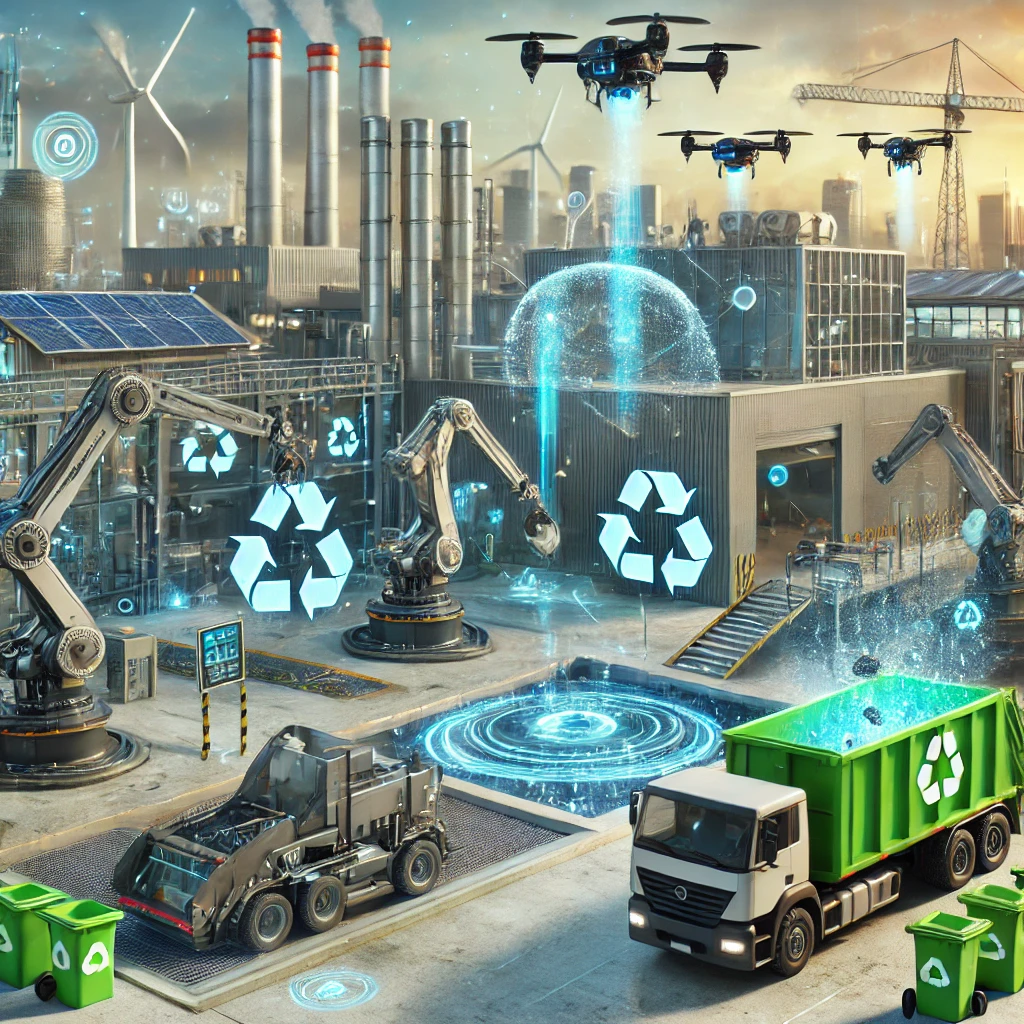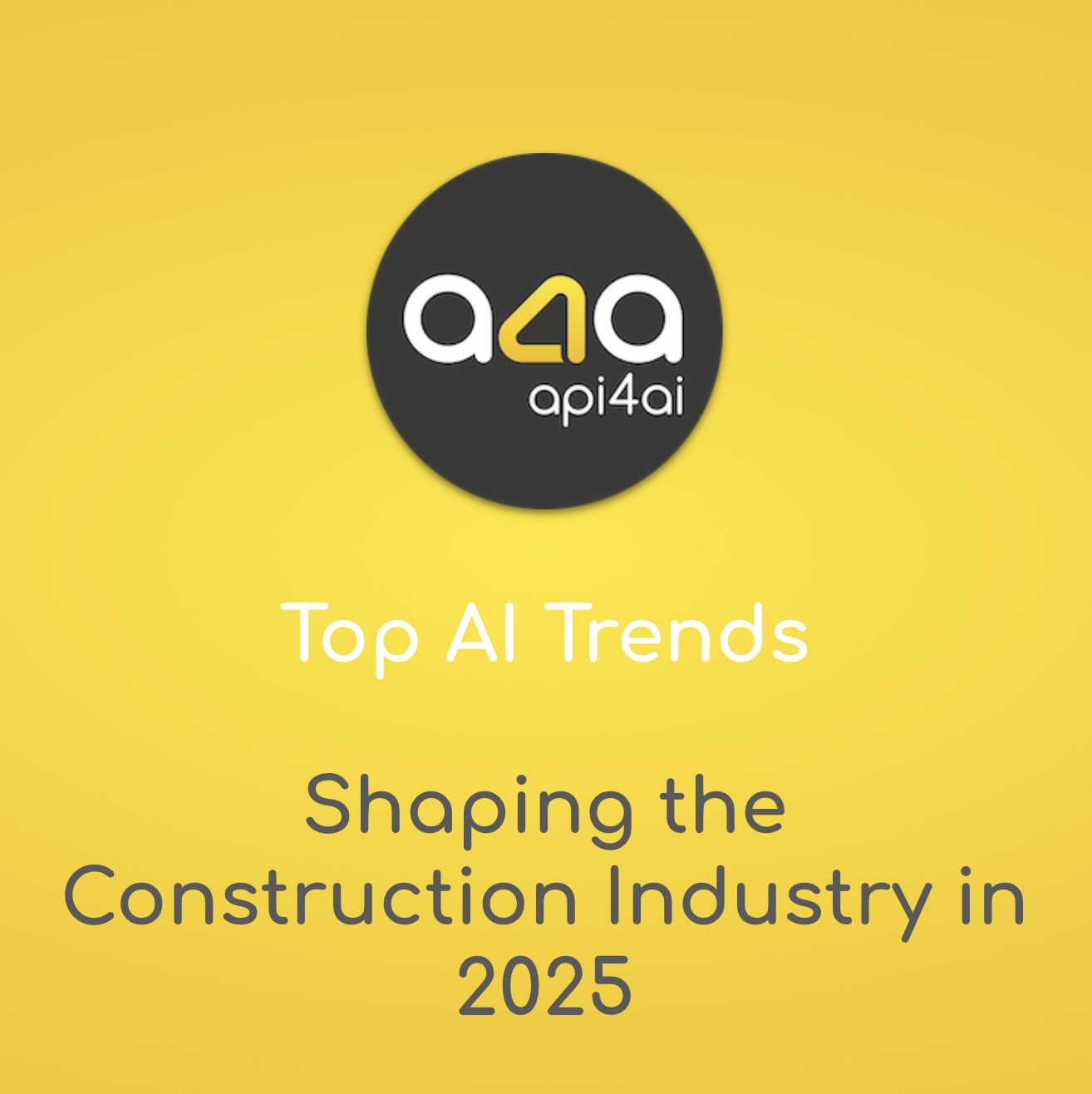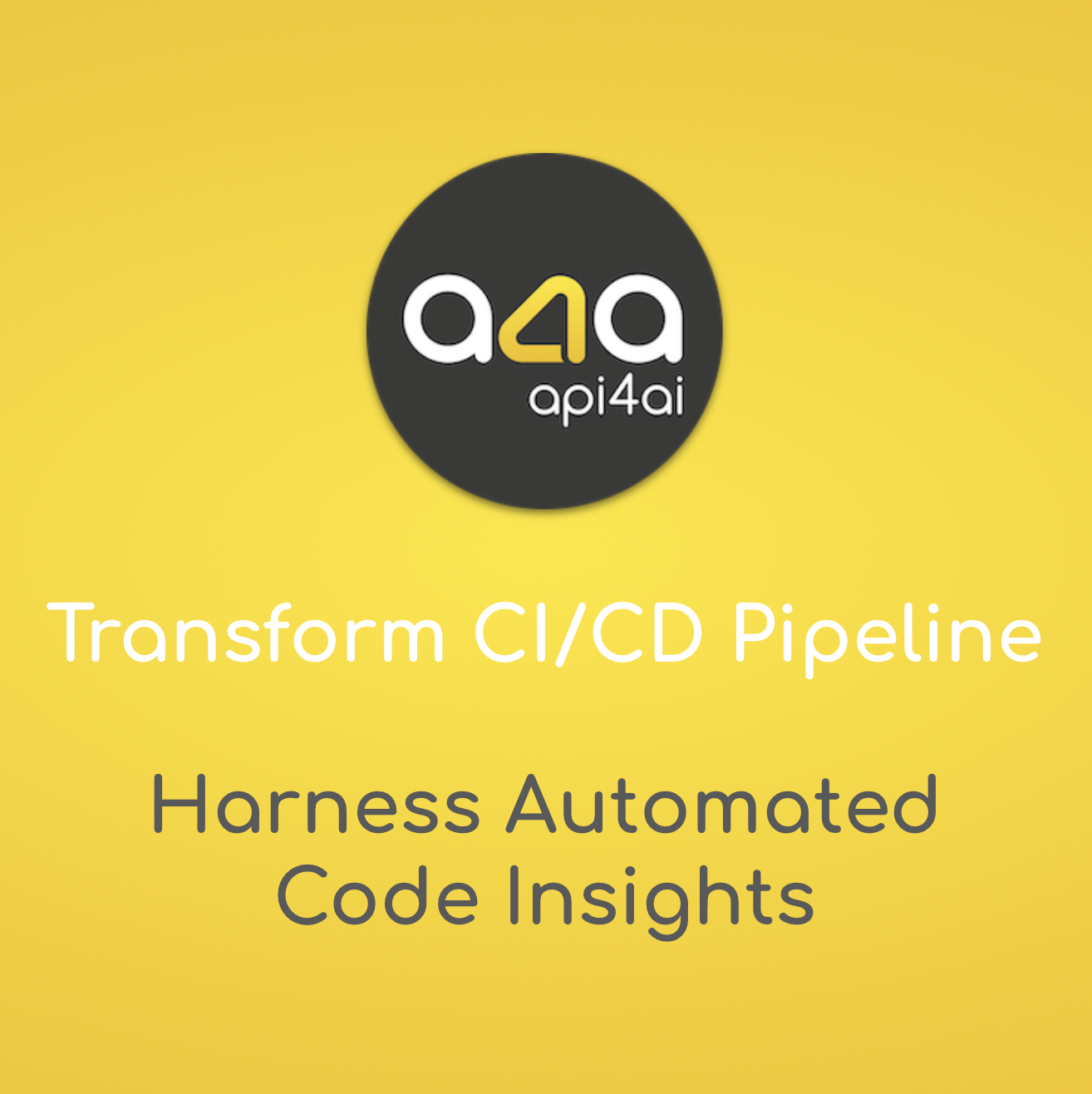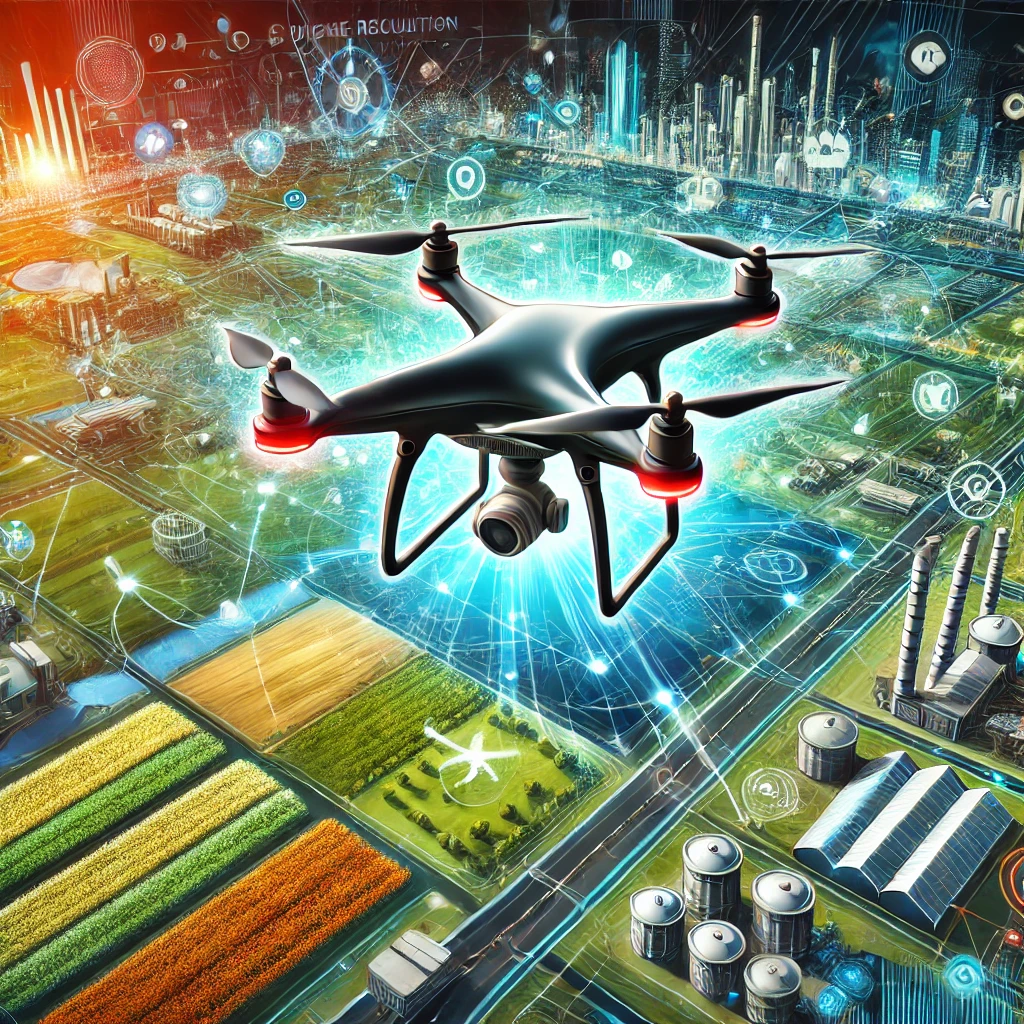
The Cost of Developing Modern AI-Based Products
Artificial intelligence is transforming industries, but the cost of developing AI-based products varies widely depending on complexity, customization and long-term strategy. While off-the-shelf AI APIs provide an affordable and quick solution for startups and SMEs, enterprises often invest in custom AI development to gain a competitive edge. The right approach depends on a business’s stage, budget and objectives.
This article explores the financial and technical factors that influence AI costs, from basic open-source models to high-performance, scalable AI solutions. Whether you’re considering ready-made APIs for image recognition, OCR or background removal or looking into custom AI models for specialized applications, understanding the trade-offs between cost and performance is crucial.
AI development is not just about the initial price tag — its real value lies in long-term returns, automation and strategic advantage. Choosing the right AI solution can reduce operational costs, improve efficiency, and position businesses for future growth.

Top AI Trends in the Solar Energy Industry for 2025
The solar energy industry is rapidly evolving and artificial intelligence (AI) is playing a key role in shaping its future. In 2025, AI-powered technologies will drive efficiency, reduce maintenance costs and optimize energy production. From predictive maintenance that detects performance issues before they cause energy losses to drone-powered image analysis that automates solar panel inspections, AI is making solar farms smarter and more cost-effective.
Advanced forecasting tools powered by AI improve energy output predictions, ensuring better grid stability and storage management. Deep learning algorithms provide smart data insights, helping operators identify inefficiencies and maximize performance. For companies with unique operational needs, custom AI solutions offer tailored approaches to long-term cost savings and competitive advantages.
As AI technology continues to evolve, solar energy providers must embrace innovation to stay ahead. Whether by leveraging ready-to-use AI APIs or investing in fully customized solutions, integrating AI into solar operations is the key to greater efficiency, profitability and sustainability in the years to come.

Artificial Intelligence (AI): A Powerful Tool or Just Marketing Hype?
Artificial intelligence is often surrounded by bold claims — some see it as a revolutionary tool, while others dismiss it as overhyped marketing. The reality lies in between. AI is already transforming industries, automating complex tasks, improving efficiency and unlocking new business opportunities. From image recognition and object detection to fraud prevention and predictive analytics, AI is proving its worth in real-world applications.
However, AI is not a magic solution. Its effectiveness depends on quality data, strategic implementation and human oversight. Businesses that adopt AI wisely — whether through ready-to-use APIs or custom AI solutions — can gain a significant competitive edge, cutting costs and improving decision-making.
The future belongs to those who adapt. Companies that integrate AI today will stay ahead in an increasingly digital world, while those who ignore it risk falling behind. AI is not just hype — it’s a game-changing tool for businesses that are ready to embrace innovation.

AI Trends Transforming Waste Management by 2025
The waste management industry is undergoing a revolution, driven by artificial intelligence. Traditional methods struggle with inefficiencies, high costs and environmental challenges, but AI-driven waste innovation is reshaping the way waste is collected, sorted and processed. From robotic waste sorting and predictive analytics to AI-enabled recycling solutions, these technologies are reducing landfill dependency, optimizing resource use and making waste management smarter and more sustainable.
This article explores the key AI trends transforming waste management, including automation in waste disposal, machine vision sorting, and AI-powered waste audits. Discover how municipalities, businesses and recycling facilities can leverage AI to cut costs, improve efficiency, and reduce their environmental impact. The future of waste management is here — embracing green tech is the next step toward a cleaner, more sustainable world.

Top AI Trends Shaping the Warehousing Industry in 2025
As the warehousing industry evolves, artificial intelligence is becoming a critical driver of efficiency, accuracy, and cost savings. From AI-powered inventory optimization to autonomous robotics and real-time quality control, intelligent automation is transforming warehouse operations. Businesses that strategically adopt AI — balancing off-the-shelf tools with custom AI solutions — will gain a significant competitive advantage in logistics. While AI investment requires an upfront commitment, the long-term benefits include lower operational costs, increased productivity and enhanced worker safety. In 2025, warehouse AI ROI will be defined by how effectively companies integrate AI-driven automation into their supply chain strategies. The future of warehousing belongs to those who embrace AI today.

From MVP to Production: A Complete Computer Vision Project Lifecycle
Bringing a computer vision model from a prototype to full production is a complex journey that goes far beyond just training an accurate neural network. A successful AI-powered vision system requires continuous refinement, real-world validation and seamless integration with broader software infrastructure.
In this post, we explore the complete lifecycle of a computer vision project, from data collection and iterative model training to deployment, monitoring and continuous learning. Along the way, we discuss key challenges such as uncertain estimates, evolving real-world conditions and the need for long-term optimization to maintain accuracy and scalability.
We also highlight the difference between ready-made APIs for quick deployment and custom AI solutions for businesses needing specialized performance and control. While off-the-shelf solutions can be a great starting point, investing in a tailored model often leads to higher ROI, reduced operational costs and long-term competitive advantages.
Whether you're experimenting with AI-powered image processing for the first time or looking to refine an existing solution, understanding the full lifecycle of computer vision is key to unlocking its true potential.

LLM-Powered Code Review: Top Benefits & Key Advantages
Traditional code reviews can be slow, inconsistent, and prone to human error, but LLM-powered code review is changing the game. By automating the review process, AI-driven tools provide faster feedback, improved code quality, and seamless collaboration, allowing developers to focus on high-value tasks.
As AI continues to evolve, the future of code review will include advanced context understanding, personalized developer feedback, and predictive code analysis, making software development more efficient than ever. Teams that integrate AI-powered reviews into their CI/CD pipelines will gain a competitive edge, reducing technical debt and accelerating release cycles. Now is the time to explore how AI-driven automation can transform your development workflow.

How to Boost Your Online Business with Cloud APIs in 30 Days
In today’s fast-paced digital world, businesses must leverage cutting-edge technology to stay competitive. AI-powered cloud APIs offer an efficient way to automate workflows, enhance customer experience, and optimize operations — all without the need for complex infrastructure. This guide outlines a 30-day roadmap to seamlessly integrate AI-driven solutions like background removal, OCR, object detection and branding recognition into your online business.
From identifying bottlenecks and testing APIs to full-scale deployment and optimization, this structured approach ensures maximum ROI with minimal risk. Whether you're looking to streamline product image processing, automate data extraction, or enhance brand monitoring, the right API integration can drive efficiency, reduce costs and boost sales.
The future of AI-powered automation is here — start your cloud API journey today and take your business to the next level.

Computer Vision: Can Beginners Build Solutions Fast?
With the rise of open-source AI frameworks, pretrained models, and cloud-based APIs, developing a computer vision solution has never been easier. Many believe that anyone — even without deep technical expertise — can quickly create an image recognition system with minimal cost. But is that really the case?
While off-the-shelf AI tools can handle basic tasks like OCR, background removal and object detection, more complex applications often require custom AI models, expert fine-tuning and ongoing maintenance. Businesses relying solely on quick-fix solutions may encounter accuracy issues, hidden costs and security risks, especially in industries where precision and reliability are critical.
So, how do you choose between prebuilt AI services and custom computer vision development? The answer depends on your specific needs, long-term goals, and willingness to invest in AI expertise. In this article, we explore the key considerations, risks, and long-term benefits of different approaches to computer vision adoption—helping you make the right decision for your business.

Cloud APIs: Key Benefits and Challenges for Online Businesses
Cloud APIs have rapidly emerged as vital tools powering online businesses by enabling faster innovation, lower costs and improved scalability. However, adopting them isn't without its challenges, including integration complexities, security risks and potential vendor lock-in. This article explores the significant benefits of cloud APIs, addresses common adoption hurdles, highlights the strategic value of custom API development and discusses emerging trends that are shaping the future of cloud-driven business.

Top AI Trends Shaping the Construction Industry in 2025
Artificial intelligence is reshaping the construction industry, streamlining processes, enhancing safety, and paving the way for sustainable, high-quality projects. In 2025, AI-powered tools are set to redefine how teams manage resources, monitor safety conditions, and optimize project workflows. These technologies not only address long-standing industry challenges but also open the door to new levels of efficiency and innovation. From improving material usage and reducing waste to enabling precision quality control and designing eco-friendly structures, AI is transforming every aspect of construction. This article explores the top trends that will shape construction in 2025, providing insights into how AI can drive better results, reduce costs, and help firms stay competitive in a rapidly changing landscape.

10 AI Marketing Trends to Watch in 2025
Artificial intelligence is transforming marketing at an unprecedented pace, and 2025 will be a defining year for AI-driven strategies. From intelligent image recognition for brand tracking to hyper-personalized audience targeting, AI is enabling businesses to analyze consumer behavior, automate content creation, and optimize campaigns with real-time insights.
This blog explores 10 key AI marketing trends shaping the industry, including AI-powered chatbots, immersive AR/VR experiences, automated ad optimization, and predictive analytics for emerging market trends. As AI continues to evolve, businesses that embrace these technologies will gain a competitive edge, improve customer engagement, and drive higher ROI.
Whether leveraging off-the-shelf AI APIs or investing in custom-built AI solutions, brands that integrate AI into their marketing strategies today will be the ones leading the industry tomorrow. The future of AI-driven marketing is here — are you ready to embrace it?

Transform CI/CD Pipeline: Harness Automated Code Insights
As software development accelerates, manual code reviews can become bottlenecks, slowing down releases and increasing the risk of errors. Integrating AI-powered automated code insights into CI/CD pipelines is transforming how teams ensure code quality, streamline collaboration, and accelerate deployments.
Large language models (LLMs) bring a new level of intelligence to code reviews, offering context-aware analysis, best practice recommendations, and security insights across multiple programming languages. By embedding AI-driven feedback directly into GitLab workflows, teams can reduce review time, improve consistency, and focus on innovation rather than repetitive checks.
This article explores how AI is reshaping CI/CD pipelines, from automating code reviews with tools like CRken to best practices for seamless adoption. Whether you’re looking to reduce technical debt, optimize team efficiency, or enhance security, AI-driven automation is the next evolution in modern software development.

Why OCR APIs Remain in High Demand in the Modern Digital World?
Despite the growing shift toward digital transformation, paper documents remain a significant part of many industries, creating challenges for businesses that need to process large volumes of physical records efficiently. From banking and healthcare to legal and retail sectors, companies still rely on printed invoices, contracts, medical records and shipping labels — leading to slow workflows, high operational costs and increased risk of human errors.
OCR (Optical Character Recognition) technology has become an essential solution for bridging the gap between traditional paper-based processes and modern digital systems. By automatically extracting text from scanned documents, images, or handwritten notes, OCR eliminates the need for manual data entry, speeds up operations and enhances accuracy.
As AI continues to evolve, OCR technology is becoming smarter, with the ability to recognize different fonts, handwriting, and complex document layouts. Businesses can now leverage OCR APIs for seamless integration into their existing workflows, ensuring scalable, cost-effective, and highly secure document processing. Whether it's automating invoice handling, digitizing patient records, or improving compliance with regulatory requirements, OCR remains a crucial tool in streamlining operations and unlocking new efficiencies.
In this article, we explore why OCR technology continues to be in high demand, the industries that benefit the most, and the future of AI-driven document processing.

AI Tools: Just a Fad or a Game-Changer for Real Businesses?
Artificial intelligence is no longer just a futuristic buzzword — it is actively transforming industries, streamlining operations, and creating new opportunities for businesses of all sizes. But is AI truly a long-term game-changer, or is it just another tech trend that will fade away?
This article explores AI’s real impact on business operations, debunking common myths and highlighting the key benefits that drive efficiency, accuracy, and scalability. From automating repetitive tasks and reducing costs to enhancing decision-making and improving customer experiences, AI-powered solutions are proving their value across various industries.
However, successful AI adoption requires more than just plugging in a new tool. Businesses must consider data readiness, security, integration challenges, and long-term scalability to ensure AI aligns with their strategic goals. Whether starting with off-the-shelf AI APIs or investing in custom AI solutions, companies that embrace AI today will gain a competitive advantage in the evolving digital landscape.
As AI continues to evolve, the businesses that adapt, experiment, and innovate will be the ones leading the future. Are you ready to take the next step in AI adoption?

How to Maximize AI Benefits for Your Business Without Large Investments
Artificial intelligence is transforming businesses, but many companies hesitate to adopt it due to concerns about high costs and complexity. The good news is that AI no longer requires massive investments — cloud-based AI APIs offer an affordable, scalable way to integrate powerful AI features without upfront development costs.
In this guide, we explore how businesses can start small with pay-as-you-go AI APIs, test their impact, and scale up only if it makes financial sense. From automating image processing and document management to leveraging AI for industry-specific applications, we highlight practical use cases that provide immediate ROI.
For companies that outgrow pre-built AI solutions, transitioning to custom AI development can offer greater control, cost efficiency, and competitive advantages in the long run. We discuss when and why a custom AI solution makes sense and share expert tips for ensuring a smooth migration from cloud APIs to a tailored AI model.
Whether you’re new to AI or looking to optimize your existing AI strategy, this guide provides actionable insights on maximizing AI benefits without large investments. Start small, scale smart, and unlock the full potential of AI for your business.

Top AI Trends Shaping the Real Estate Industry in 2025
The real estate industry is undergoing a major transformation, driven by AI-powered innovations that enhance everything from property listings to tenant management. In 2025, AI is streamlining real estate operations, making processes more efficient, data-driven, and customer-focused.
What’s changing? Property listings now feature AI-enhanced images, smart tagging, and automated compliance checks to create visually compelling and searchable content. Virtual tours and AI-driven recommendations are revolutionizing the home-buying experience, while predictive analytics and dynamic pricing tools are optimizing marketing and investment strategies.
AI is also reshaping property management, with automated tenant screening, smart maintenance solutions, and AI-powered tenant engagement tools improving efficiency and reducing costs. Businesses investing in custom AI solutions are gaining a competitive edge, as tailored AI models help address unique challenges in luxury, commercial, and large-scale real estate operations.
As AI continues to evolve, real estate professionals must adapt, explore, and integrate AI-driven tools to stay ahead. Whether enhancing customer experiences, optimizing operations, or improving investment strategies, AI is reshaping the future of real estate—one intelligent decision at a time.

The Future of AI in Digital Marketing: Key Tools and Trends
Artificial intelligence is transforming digital marketing, enabling businesses to automate tasks, personalize customer experiences, and optimize campaigns with real-time data. From AI-powered image processing and text analytics to advanced personalization and automated content creation, AI is redefining how brands engage with audiences.
This blog post explores the most impactful AI-driven tools, emerging trends, and best practices for implementing AI in marketing. Businesses that embrace AI can improve efficiency, enhance customer engagement, and gain a competitive edge in an increasingly data-driven world.
As AI continues to evolve, staying ahead of the curve is crucial. Whether leveraging ready-to-go AI solutions or investing in custom AI development, now is the time for marketers to integrate AI into their strategies and future-proof their success.

Image Processing & Drone Imagery: Multi-Industry Insights
Drones have revolutionized data collection across industries, but raw aerial imagery alone isn’t enough — it’s the power of AI-driven image processing that turns this data into actionable insights. From agriculture and environmental monitoring to construction, security, and disaster management, AI-powered analysis enhances decision-making, automates workflows, and improves operational efficiency.
This article explores how AI transforms drone imagery, the key tools and techniques used for object detection, OCR, and background removal, and the strategies businesses can implement to integrate AI-powered drone analysis into their existing systems. We’ll also examine emerging trends such as on-drone edge computing, real-time emergency response applications, and breakthroughs in deep learning for precise object recognition.
As AI technology evolves, organizations that invest in AI-powered drone solutions will gain a significant advantage—streamlining operations, reducing costs, and unlocking new possibilities for automation. Whether using pre-built APIs or custom AI models, the future of drone imagery is being shaped by intelligent image analysis. Dive in to discover how your business can harness these innovations to stay ahead.

5 AI Trends Shaping the Beauty Industry in 2025
The beauty industry is undergoing a digital revolution, with artificial intelligence driving innovation across skincare, cosmetics, and retail experiences. In 2025, AI-powered solutions are reshaping how customers discover products, interact with brands, and make purchasing decisions. From hyper-personalized recommendations based on skin type and preferences to virtual try-ons that let users test makeup in real-time, AI is making beauty more accessible, engaging, and efficient than ever before.
Behind the scenes, AI is also streamlining supply chains, enhancing product imagery, and ensuring safety and inclusivity in the industry. Advanced computer vision and machine learning technologies are optimizing quality control, managing inventory, and automating compliance with global regulations. Meanwhile, AI-powered tools are helping brands create stunning, on-brand visual content for marketing and social media with minimal effort.
As AI continues to evolve, beauty brands that embrace these innovations will gain a competitive edge, offering smarter, safer, and more personalized experiences to their customers. Whether through ready-to-use AI tools or custom-built solutions, integrating AI into business strategies is no longer optional — it’s the key to success in the future of beauty.
